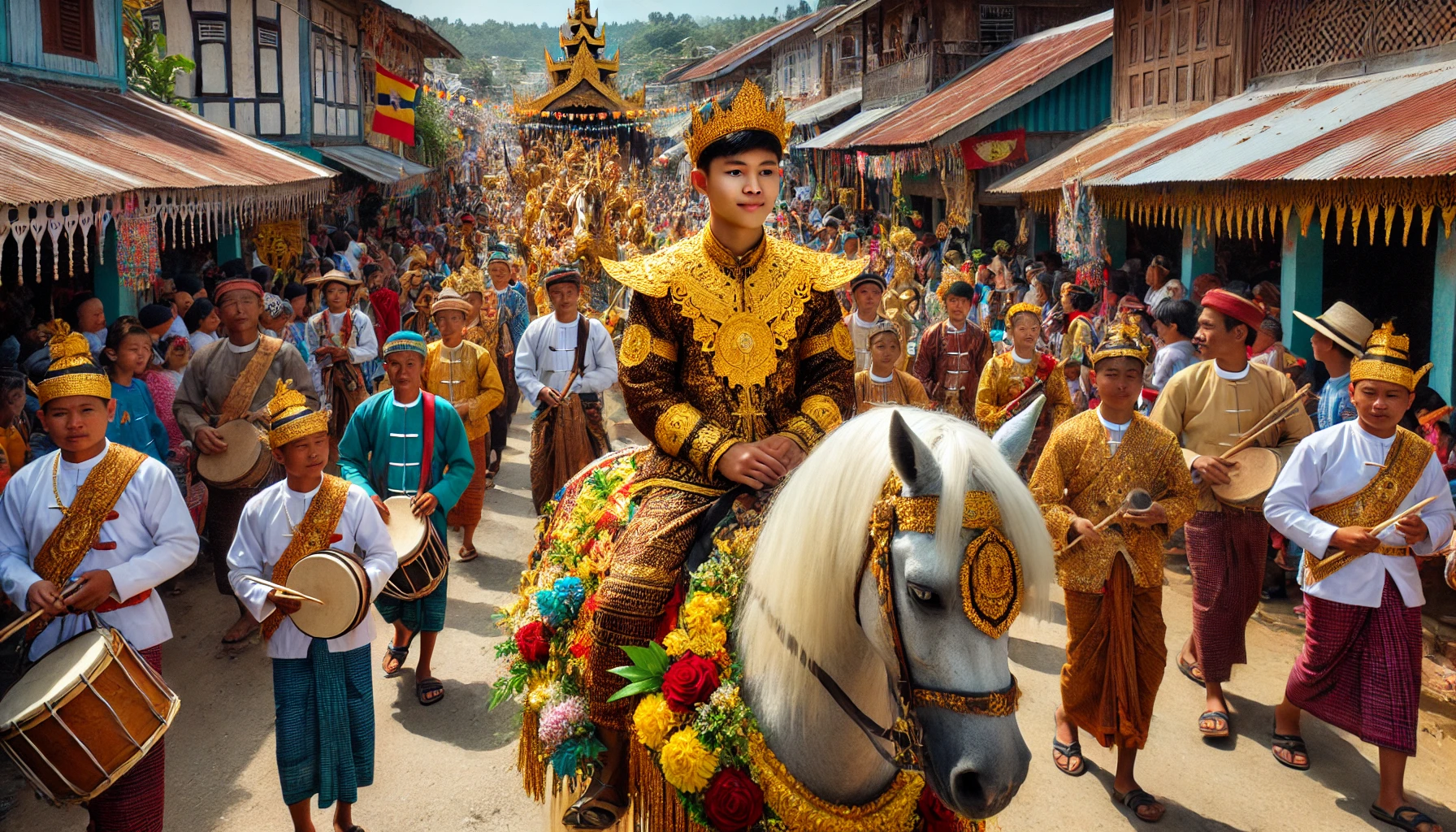


The Gerewol Festival in Niger is one of the most spectacular and vibrant cultural events in Africa. Celebrated by the Wodaabe people, this festival is a captivating showcase of beauty, endurance, and social bonding. The Gerewol Festival offers a unique insight into the rich traditions of the Wodaabe, highlighting their customs, values, and the deep-rooted significance of beauty in their society. Held annually in the Sahel region of Niger, this festival draws visitors from around the world who are eager to witness the colorful and intricate rituals of the Wodaabe people.
When you think of Alaska, your mind probably conjures up images of snow-covered landscapes, towering mountains, and vast stretches of icy wilderness. But there’s another element of this frozen wonderland that captures the imagination of adventurers and thrill-seekers alike—husky racing. This thrilling winter sport combines the power and speed of sled dogs with the raw beauty of Alaska’s untamed wilderness. In this article, we’ll dive into the world of husky racing, explore its history, and reveal why it’s a must-see travel attraction for anyone visiting the northern frontier.
Are you ready to create memories that last a lifetime? With summer 2025 just around the corner, it’s time to start checking off adventures from your travel bucket list. Imagine exploring breathtaking hidden beaches, vibrant festivals, adrenaline-pumping adventures, and tranquil retreats that nourish your soul. Here, we’ve curated the ultimate collection of 100 incredible experiences around the globe—tailored perfectly for your summer travel plans. Dive into this guide and find inspiration to make this summer unforgettable.
Traveling the world in 80 days sounds like an adventure pulled straight from the pages of Jules Verne’s classic novel, but today, this ambitious trip is more feasible than ever. Imagine circling the globe, experiencing diverse cultures, breathtaking landscapes, and unforgettable moments—all in under three months. If wanderlust fuels your spirit, let this be the ultimate guide to embarking on a global adventure.
Sri Lanka, formerly known as Ceylon, is famous for its world-class tea. The country’s rolling hills and lush green landscapes are home to some of the most renowned tea plantations in the world. Whether you are a tea connoisseur or just someone looking to immerse yourself in the beautiful scenery, exploring Sri Lanka’s tea farms offers a unique experience. From sipping freshly brewed Ceylon tea to walking through picturesque fields, these farms offer a taste of tradition, history, and the vibrant culture of Sri Lanka.
Las Vegas is the ultimate destination for those seeking a vibrant mix of luxury, excitement, and entertainment. Known worldwide for its dazzling lights, iconic casinos, and extravagant shows, this city offers an unforgettable experience for every kind of traveler. Whether you’re a fan of the nightlife, a lover of fine dining, or someone who enjoys a good spectacle, Las Vegas delivers in spades. Let’s dive into what makes Las Vegas an irresistible, world-renowned playground for adults.
Stepping into a Turkish bath, or hammam, in Istanbul is like taking a journey back in time. These baths have been a cornerstone of Turkish culture for centuries, providing not only a place to cleanse the body but also to refresh the mind and soul. In the bustling heart of Istanbul, hammams offer a perfect blend of history, relaxation, and a deeper connection to the city’s vibrant heritage. Whether you are a local or a traveler, immersing yourself in the tradition of Turkish baths is an essential experience.
Table Mountain stands as a towering symbol of Cape Town’s natural beauty, drawing in countless tourists each year. Recognized as one of the New7Wonders of Nature, this flat-topped mountain offers visitors not only breathtaking panoramic views but also an experience steeped in adventure, history, and cultural significance. From scenic cable car rides to diverse hiking trails and the rich biodiversity of the region, Table Mountain is a must-see for anyone visiting South Africa. Here’s why this natural marvel has earned its place on the global tourism map.
You are currently viewing a placeholder content from GTranslate. To access the actual content, click the button below. Please note that doing so will share data with third-party providers.
More Information